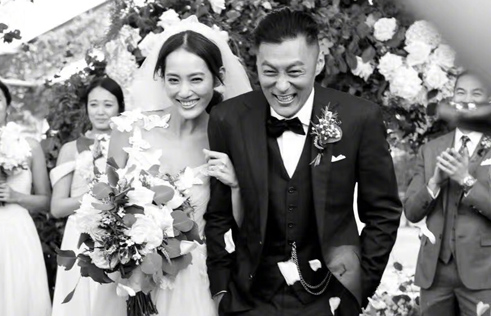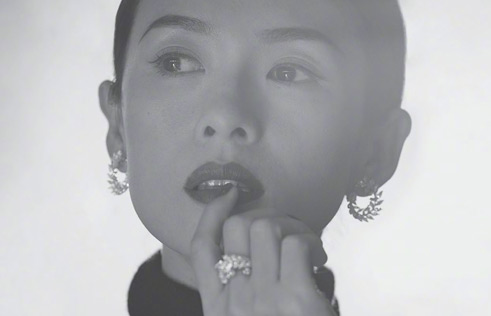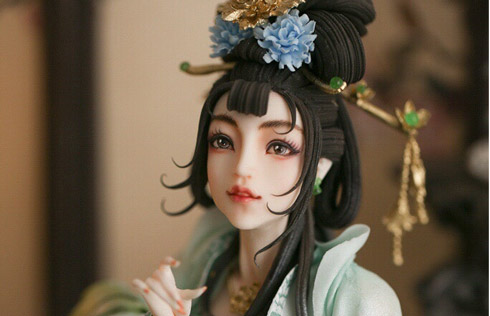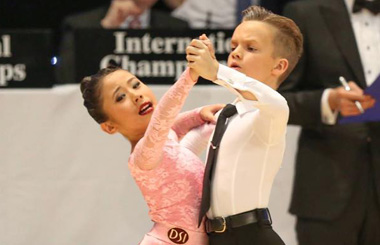Xihe Dagu
Year: 2006
Sort: Quyi
Area: Hebei
Serial No.: Ⅴ-5
Declarer: Hejian City, Hebei province
Xihe Dagu forms the biggest family in the art of Dagu, literally meaning "big drum." It has a very long history with a huge audience in Hebei and Shandong provinces, Tianjin and Beijing municipalities, and Northeast and Northwest China.
Xihe Dagu originated from the Xianzishu and Muban Dagu in the central area of Hubei province during the middle of the Qing Dynasty. It officially got the name Xihe Dagu after a performance in Tianjin in the 1920s.
It used to be sung and spoken in the Hebei dialect. In the early stages, stories were mostly medium length or long, such as the Generals of the Yang Family and the Generals of the Hu Family. When Xihe Dagu became popular in Beijing, it underwent a reformation by the noted artist Zhao Yufeng, who changed the Hebei regional pronunciation and made it more akin to the Beijing dialect. Around 1940, other artists emerged, such as Ma Liandeng and Ma Zengfen, a father-and-daughter team, who sang short stories without narrative. The style of singing has been enriched and the clapping far more diversified.Xihe Dagu has lots of traditional items of either long or short length. The contents are mainly war stories of the past dynasties, historical romances, folk stories, popular novels, fairy tales, fables, and jokes, and so on. Among them, quite a few items reflect the thoughts, feelings, and hopes of working people, feature labyrinthian plots and vivid language, and inherit the good tradition of folk literature in China.
After the founding of the PRC, a lot of outstanding traditional items of Xihe Dagu were rearranged in terms of content, and quite a few new items reflecting the Chinese people's resistance against oppression and eulogizing realistic life came into being.
Since the mid-20th century, less and less people have wanted to learn Xihe Dagu, and many senior artists have passed away, resulting in the decline of this art.


















